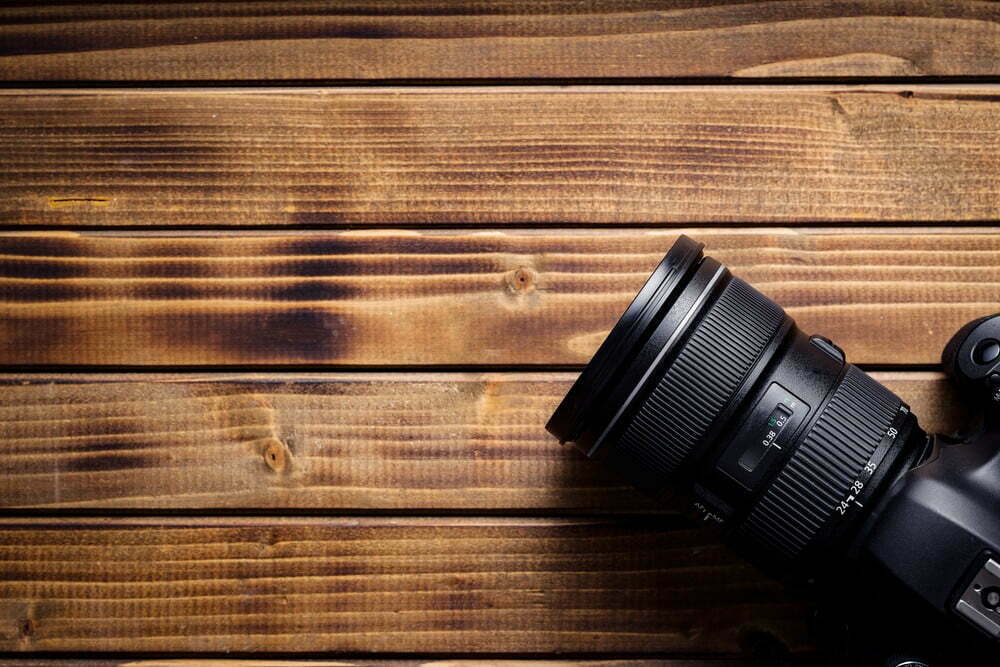Understanding Shutter Delays In Camera
Understanding shutter delays in camera settings is critical for getting the best photos possible. Depending on the shot you want to capture, even one second can make the difference between an action photo and a crappy one. Some cameras start the focusing process as soon as the shutter button is depressed, while others take pictures only when the process is completed. For example, some cameras take pictures immediately, while others initiate the focusing process when you press the shutter button.

Autofocus lag
Understanding shutter delays in the camera and autofocus lag is crucial whether you’re looking for the perfect shot or trying to reduce autofocus lag. The shutter delay occurs between the moment you press the shutter button and the time it takes actually to take a picture. This delay can be as much as a second and is often present with low-end point-and-shoot cameras. However, there are ways to minimize shutter lag, including manual settings and prefocusing.
The shutter lag in a digital SLR camera is more noticeable than in a film camera. The delay between pressing the shutter button and the camera opening is caused by a series of processing steps, including auto-focus, exposure, face detection, and noise reduction. Some vendors have developed custom processors that reduce shutter lag to a few milliseconds. Fortunately, most digital cameras are now built to reduce shutter lag to a few milliseconds, if not less.
Meter lag
One of the most frustrating aspects of film photography is shutter lag. It causes your photo to be messy and your camera’s mechanical components to take some time to work together. In addition, if you’re shooting a moving subject, you need to be able to anticipate the shutter delay and recompose your image accordingly.
Using the Shutter Latency Measurement window, you can measure shutter lag in a DSLR or a film camera. To perform this test, mount your camera on a tripod and fit it with a short-focus lens. The camera should be placed in the position to image the full window on the monitor. In a home setting, you can use your computer screen to view your photos. This test is a simple, convenient way to get a quick snapshot of shutter lag.
Autofocus
One of the most common questions photographers ask about photography is, “how do I reduce shutter lag?” The answer to that question depends on the camera’s autofocus system. Generally speaking, shutter lag refers to the time between pressing the shutter button and the camera actually taking the picture. While it’s true that the lag is very short, it’s important to understand how the camera determines the right time to fire its shutter and what that means for your shot.
The smallest delay can be achieved by refocusing the camera. To do this, you must frame the shot and press the shutter release halfway before taking the picture. If the subject moves in the frame during the shutter release, the camera will hunt for the target while the shutter button is half-pressed. Usually, this process results in the sharpest focus on the subject. If you keep the shutter release halfway down, the delay will appear shorter.
Processing lag
You will have a delay of half a second when you press the shutter button. This delay is when it takes the camera to clear the CCD, set the white balance, and get a meter reading. The delay can range from a quarter to two seconds or even more in low-light situations. This lag makes it difficult to time your shutter release, especially when shooting moving subjects. Even though this delay is minimal, it can ruin your shot if you don’t account for it.
The lag in camera processing can overlap, which is normal and intentional in some cases. This lag is minimal in modern DSLRs, but it can be very noticeable in historic devices. The good news is that modern DSLRs have precise mechanisms and dramatic reductions in overall lag. Still, some techniques can be used to minimize shutter lags. These techniques include making your camera more accurate in how it processes light, minimizing shutter lag, and preventing overexposure.
Remote shutter release
The importance of understanding remote shutter release delays in-camera settings cannot be overstated. When taking pictures at high magnifications, stability is key. By pressing down hard on the shutter button, you may alter your subject’s composition, focus, and support. A remote shutter release lets you step back from the camera and focus on your subject instead of worrying about the shutter. A remote shutter release allows you to take more photos in less time.
The most basic remote shutter release is a wired model that requires no batteries. This type of remote shutter release does not require batteries. Almost all cameras have this same mechanism and use proprietary connectors. However, some accessory manufacturers make their remote cables detachable so you can use them with various cameras. When choosing the right remote shutter release, consider its power consumption and battery life. Understanding remote shutter release delays in-camera settings is essential if you want to shoot sharper photos.
